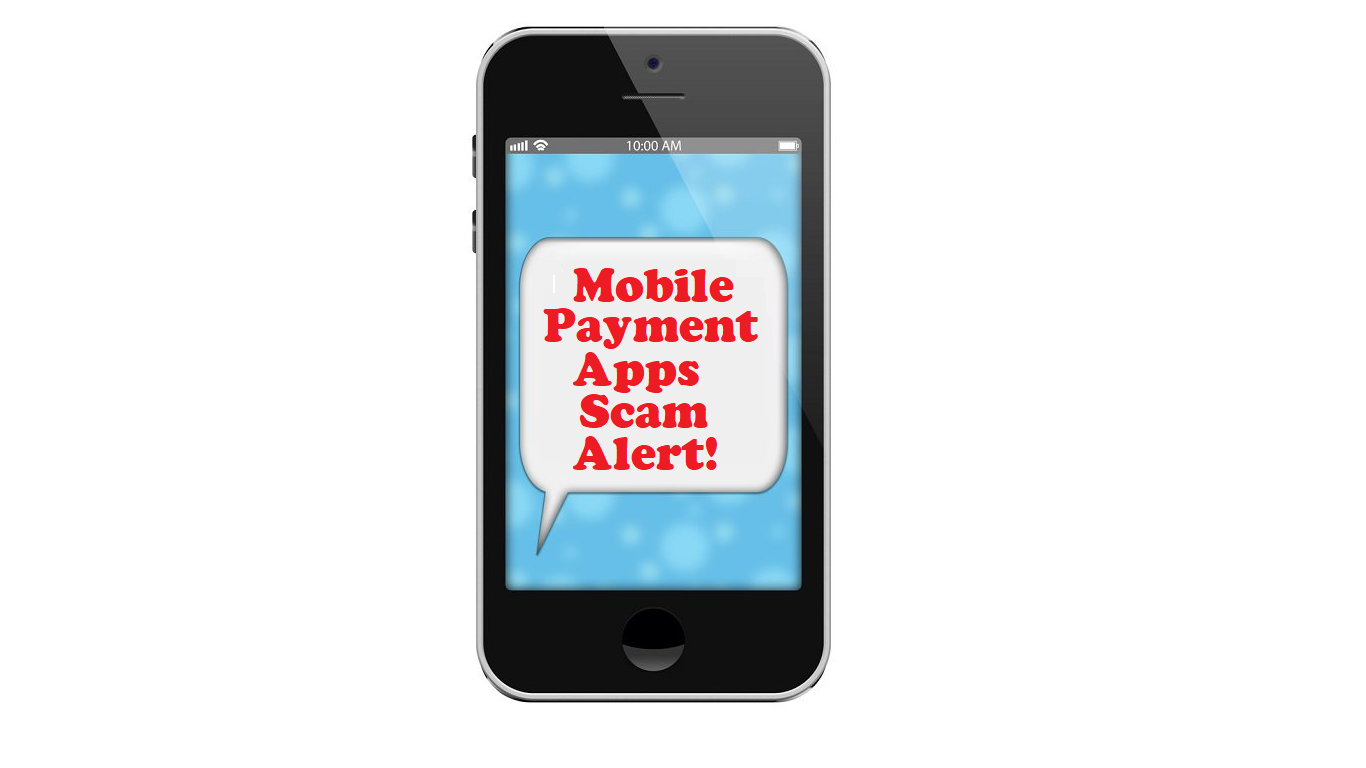By Lisa Lake, FTC | February 8, 2020
Using mobile payment amobile payment apps scamspps like CashApp, Venmo, or Zelle can be a convenient way to get quick cash to your family and friends. But remember the first rule of sending money, whether you’re using an app or money wiring service: Be sure you know who’s on the receiving end. Otherwise, you might lose the money you sent — and then some.
People have told the FTC they lost money to scammers using mobile payment apps. Some of these thieves pretend to be someone you know asking for money — say, for an emergency. Others say they’re with the app company or your bank. Still other scammers with access to your contacts might trick you into thinking they’re someone you’ve given money to before.
Don’t be afraid to use mobile payment apps — just empower yourself against scammers who also use them. Here are a few tips:
- Never send money to anyone you don’t recognize.
- If you get a cash request from someone you do recognize, call or contact them using a number you know to be right. Confirm they made the request before you send money – even if you’ve sent them money through the app before.
- When you use an app for the first time, it will usually ask permission to access information on your device – like your contacts – to make payments easier. If you’re not comfortable with that, deny access or uninstall the app.
- Read your bank statements closely and regularly. Ask the app company and your bank to reverse any transactions you didn’t authorize.
- Find out more about mobile payments and securing your mobile device. And, as always, if you’ve experienced a money transfer scam or other fraud, report it to the FTC.

